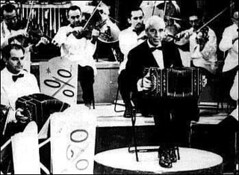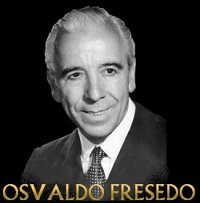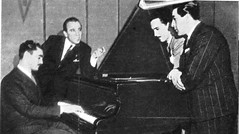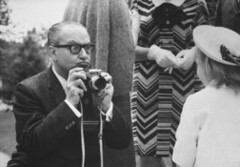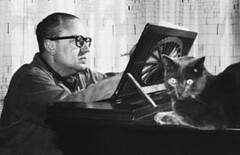discography
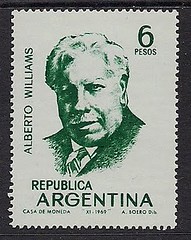
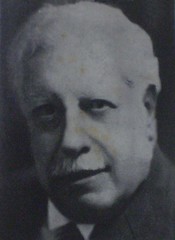
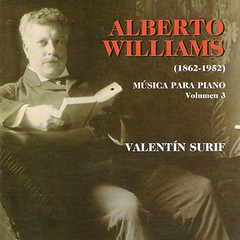
Sources:
Susana Salgado. "Williams, Alberto." Grove Music Online. Oxford Music Online. 10 Mar. 2012 <http://www.oxfordmusiconline.com/subscriber/article/grove/music/30339 >.
''Orch: Primera obertura de concierto, 1889; 9 syms., 1907, 1910, 1911, 1935, 1936, 1937, 1937, 1938, 1939; 5 danzas argentinas-milongas, 1912; Primera suite argentina, str, 1923; Las milongas de la orquesta, 1938; Poema del Iguazú, 1943; Aires de la pampa, 1944; 11 other works Chbr: 3 sonatas, vn, pf, 1905, 1906, 1907; Sonata, vc, pf, 1906; Pf Trio no.1, 1907; 4 other works Pf: El rancho abandonado, 1890; Primera sonata argentina, 1917; 100 other works Vocal: 15 choral works, 75 songs 19 essays; many textbooks on music, piano technique, solfège; musical editions''
